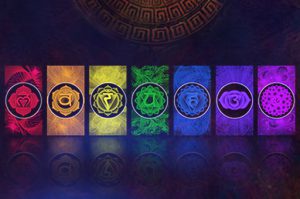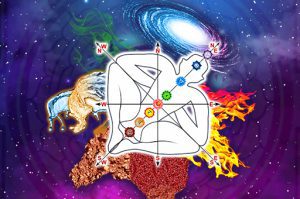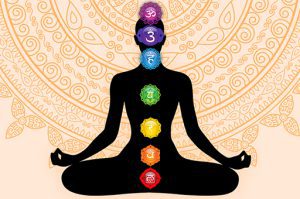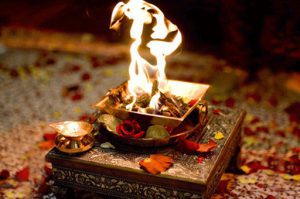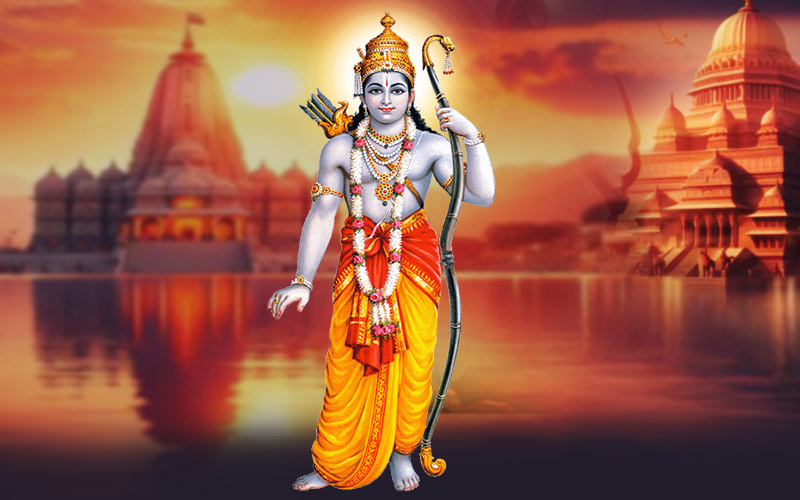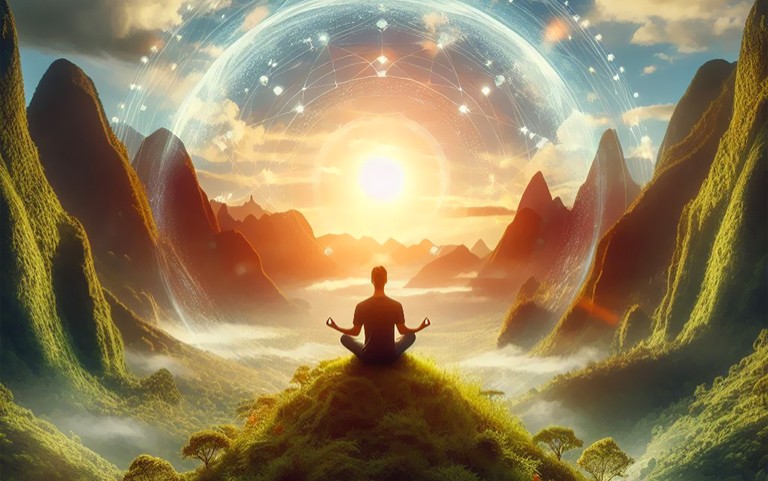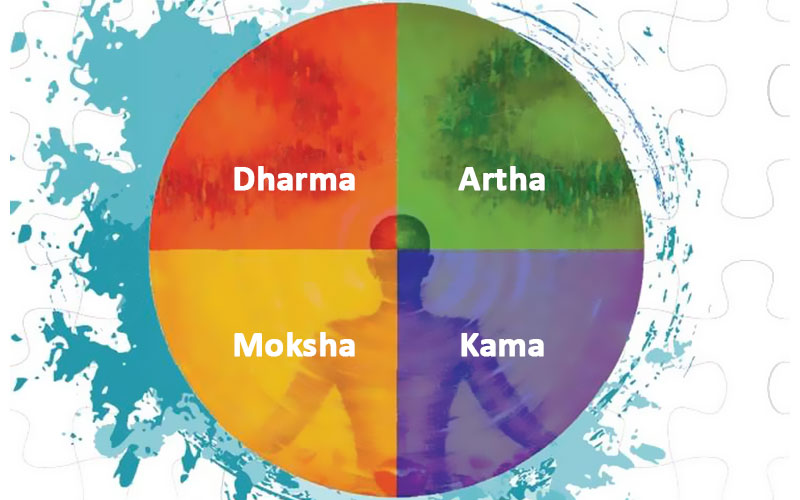
What are the Purusharthas?
Purushartha is a Sanskrit word derived from two words Purusha and Artha. Purusha
means “the primordial human” and the word Artha means a combination of “meaning” and “purpose”. Together, Purusartha significance thus is “meaning of human being” and “object of human pursuit”. It refers to the four meaningful qualities and inherent directions or aims through which to run our lives on the right track.
The four Purusharthas are Dharma (righteousness and duties), Artha (identity and life purpose), Kama (pain and pleasure) and Moksha (awareness and detachment).
The Purusharthas are Qualities to develop
The four purusharthas are our four building blocks that we need to realize, recognize and utilize and develop as with any other muscle of our body, they are simply there, and they are already pushing us in one or another action or direction even if we don’t realize it. It is important to be aware of them for to follow our path with a good foundation and without losing direction, just in the same way we wake up every morning from bed in order to walk our life with the sustain of our toned muscles and our bodies that are already working automatically supporting our life.
We all have these four qualities in different proportions depending upon our own unique individuality. The four are equally important and we only need to live them making use of them as qualities or “inner potentials” that we already have and are changing through life as per the different stages of life we go through, one purushartha may become more evident than other. A little kid before entering school is innocently playing and learning how to interact with its entourage without more worries in mind (kama) while a young adult after getting a grade and leaving university is more focused on finding the right job (dharma) and after married having to responsibly provide to his/her family by paying bills and assuming adequate financial planning, etc (artha) and also can move for holidays to reflect on life and take a retreat on meditation for spiritual upliftment to feel connected with the source and developing his/her natural healing energies and abilities (moksha).
Origin & Significance
Since thousands of years ago, seers in the ancient Eastern tradition clarified the blueprint for the meaning of human birth, as shown to them at the highest level of consciousness. The supreme Self pervades and exists in all dimensions of beings, whether perceptive or non-perceptive. The supremacy exists within each individual’s self, in each individual. Therefore, there is no exception for everyone except the Supreme Self, despite apparent differences between the part and the whole. In order for a person to understand their supreme self, they must find out the explanations and goals of why they appear on this earth plane and achieve them. Traditional prophets clearly expressed the qualities and goals of human beings as “Purusharthas”.
How the Purusharthas operate Together
The four purusharthas are really the essence of God, the supreme self, the qualities of God. Since a person may be a reflection of God, may be a part of God, satisfying these four purusharthas is a legitimate personal pursuit.
It’s both your individual and soul purpose. These four qualities and objectives are not independent of each other and should not be viewed in a stand-alone manner, but they are interlocked and all four work in a self-balanced individual mode. They define and refine the opposite qualities and permit the opposite objectives to define and refine itselves.
As an individual progress through the evolution of their soul, they find that a number of the objectives eventually lose their place and importance to more principal objectives. For example, the desire to be in kama may diminish and disappear, or a person may realize that he doesn’t wish to live like an ox in a mill plod, and hence more room is created for the pursuit of moksha.
Often, people make the error of renouncing everything for the pursuit of moksha, which will frequently end up being the incorrect path and isn’t fitting to everyone. One has to follow all the four directions albeit in different proportions to reach Union with the divine consciousness and give meaning to his existence on this earth.
All the four function together, compensating each other like a self-mechanism. Like the human body, it doesn’t require our induction for our internal organs to keep working. Nevertheless, being aware of these four will help us to keep on the right direction and soothe a better outcome of whatever we are pursuing through an improved sense of value and perception of how we drive our lives.
Concept & Philosophy
The purusharthas are developed upon considerably in the Mahabharata, the glorious Indian lyric that contains the Bhagavad Gita, and are interwoven with yogic creed at the deepest footholds. But they’ve their roots in the Rig Veda, the most ancient and adored of Hindu scriptures.
The idea of moksha appears within the Upanishads, even as the preceding Samhitas, Brahmanas and Aranyakas commonly discuss with kama, artha and dharma because the “trivarga” or the “3 classes” of the viable human interests.
The Dharmashastras and the epics Ramayana and Mahabharata are the first recognized resources that comprehensively present the notion that integrated dwelling entails the pursuit of 4 dreams or ends.
“He with the long-unfastened locks (of hair) helps Agni, and moisture, heaven, and earth; he’s all sky to look upon: he with long hair is referred to as this light. The Munis, girdled with the wind, wear clothes of soil hue; They, following the wind’s swift course move where the Gods have gone before.”
— Rig Veda, Hymn 10.CXXXVI.1–2
The principle of purushartha and the 4 Purusharthas are indeed the qualities and targets of the very best Self and God. And given that a person is a reflection and manifestation of God, it is the rightful pursuit of a person to satisfy those 4 Purusharthas, which ultimately leads to your soul purpose.
The standards of artha, kama and dharma seem within the most ancient Hindu scripture known as the Vedas, noted together as trivarga or “the three ends of human initiative”. It didn’t change until the later Upanishads when the idea of moksha appeared. Then, texts including the Dharma sastras and the epics Ramayana and Mahabharata incorporated the four as purusharthas.
Scholars have since discussed the inherent tension between the energetic pursuit of wealth and sensual satisfaction outlined with the aid of artha and kama, and the renunciation of both of these required for the non secular liberation of moksha.
The concept of Nishkam Karma (selfless movement), crucial to the Bhagavad Gita, becomes proposed as a method to this tension, via which artha and kama can be executed without choice or expectation consequences. Purusharthas in Gita are hence reconciled and harmonized in such a way that artha and kama addressed in a rightful way (dharma) lead to Moksha, the highlighted purushartha in the
Bhagavad Gita.
The way to a content, fulfilled and religious lifestyle is marked by using Ayurveda through the purusharthas. We will consider the four purusharthas as steps you want to take sequentially alongside the existence adventure. Ultimately, all four result in liberation.
Understanding Dharma
Individuals are born to complete certain responsibilities on this world. The soul places itself in the body best suited to perform these duties. The physical labor that a person needs to do, and the person’s duty on this earth level, is called human Dharma. The word Dharma is a term that is difficult to translate into English, but it can roughly translate into a person’s due obligation. This is the true calling of all those born as human beings.
An example of a person’s Dharma is to become a doctor, a teacher, a soldier, an actor or an actress, a priest, and so on. Sometimes a person’s Dharma is determined by their birth (for example, a teacher’s son becomes a teacher), but this is not necessarily the case. A person’s Dharma can be a combination of many things. As a person progresses throughout his life, different stages of life may require different Dharma and goals. The inner guide adjusted to the heart allows a person to recognize their Dharma. This is what we must do: the inner compass guides us.
The Bhagavad Gita says, “Better your own Dharma though imperfect than the Dharma of another done perfectly.”
Understanding Artha
The purpose of you coming into this world is chosen by your higher Self, you are one with God. You are specifically designed to achieve whatever you are called upon from your innermost core. Your living conditions at birth are also specially chosen as part of this purpose. Your inherent personality traits, talents and physical qualities are also given for the job you are destined to do. As your life grows, your dreams and your inner desires are inspired by your higher self to achieve your goals. Part of the reason you came to earth is to evolve yourself, and part of it is to serve humanity in some way.
The process of self-evolution is called your life’s purpose, and the service you come to provide for mankind is called your life’s work. They are intertwined, because as you evolve, you will serve others in a better way, and the process of serving others will also lead to your evolution. Everything you do to evolve yourself and complete your life’s work is an act consistent with a higher will and a higher self.
Finding and creating your life’s work or true purpose will bring you more abundance (also known as artha or wealth) than any other single action you can take. Your life’s work will involve doing what you like to do and will in some way contribute to the greater good of mankind. Money will be a by-product of doing what you like to do, and it will flow into your life effortlessly without even thinking about it.
The Inner Call is the highest goal of an individual’s life. Everyone has this goal or calling in life. Everyone has also been generously given the talents needed to achieve it. The value of calling has two levels. First of all, it is the greatest possible means of personal growth, success and happiness. Secondly, it is the way for people to make the greatest contribution to the world.
Purpose represents the principle, including identity. It brings meaning to your life. The purpose is who you are and what you are here for. It uses your natural and God-given talents and abilities. It defines your ability to give from the heart, and is the true and ultimate expression of yourself.
Understanding Kama
Kama lives in this fantasy world and eventually transcends it with self-awareness, where you play the game but not in the game. You are created with dreams. No one exists without dreams. Your dream is your purpose. You are here to achieve your goals by following your heart and realizing your dreams.
You originally existed on a higher spiritual level, where you are everything, you can do anything and have everything. In that space, you can create anything you want as long as you think of it as existence. You created this physical dimension to live in a finite world and transcend it by connecting the infinite power from the higher planes where you are. You now exist in both dimensions at the same time, although you may not realize that this state is in the physical dimension.
Kama purushartha advocates that a person’s wishes in this life need to be fulfilled, despite being in a state of consciousness and not harming anyone in the process. For a person to evolve spiritually and reach the final destination, one needs to overcome the barriers of desire. This can be achieved by satisfying desires, or by sublimating or surpassing them. Suppressing desire is certainly not recommended, because it is like a completely coiled spring, compressed by force, it will explode unpredictably, causing undesirable consequences.
When people begin to realize their desires and realize them in their consciousness without judgment, they will soon reach the stage where they can be sublimated. Divinity, the universe, provided a great help in this process. No desire is not desireless, but desirelessness. Persistence is the root of all suffering. Pain is the burning of emotional energy on things beyond your control. The more painful you are, the more pain you attract. Letting go of all attachments is the way to end all suffering. When you are attached, you are in a state of lack or lack. When you are detached, you are in a state of winglessness.
Understanding Moksha
Once the attachment disappears, all that remains is moksha, which means liberation from the falsehood of the external world. The identity of the individual self and the supreme self is the stage of inner realization. It is a person’s inner experience of the universe. It is to experience the flow and fusion of Shiva and Shakti energies in one’s self. It is an experience of unity and integration with the universe.
This concept is represented by the lotus flower. Although it grows from the soil, it is still pure and perfect, implying a spiritual state beyond the material world.
Physical reality is an illusion created by consciousness in order to rediscover itself. What you don’t want is an illusion, because in spiritual reality you already have everything you want. Material reality is a place where you manifest your resonance with spiritual reality. When you are attached, you are resonating with the unreality of your desireless spirit. When you are detached, you are resonating with the spiritual truth you already have.
Since all rivers must eventually lead to the sea, there are many spiritual paths leading to the same destination. Some roads are shorter than others, and some roads are more difficult than others. The path may be difficult to navigate, and the path may not always be visible.
4 Directions to Move forward
Indian thought sees human values or Purushartha as fourfold. According to Indian tradition, there are four values that human beings consciously pursue or will pursue in order to realize their lives.
Purusharthas let us see what we live for. All in all, they clearly demonstrate the sacred unity of all efforts and elevate our pursuit from mere survival to a means of self-improvement. Purusharthas are considered so important that the text begins with a description of their goals in life. For example, Ramayana says “kamartha-guna-samyuktam dharmarthaguna-vistaram”, which means “it deals with the value of kama and artha, and deals with the extension of dharma and moksha.”
Purusharthas tells us that we must meditate on our role in the world, our values, relationships and passions. These are not to worry about heal, extinguish or transcend. They are just a part of human beings, and to embrace them is to love life.


